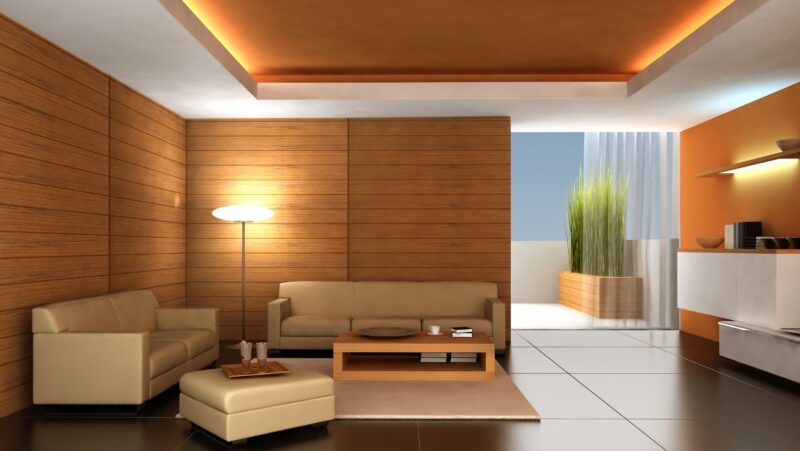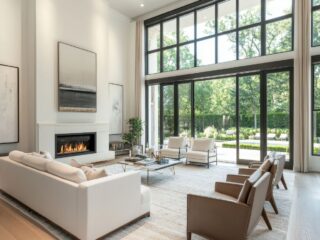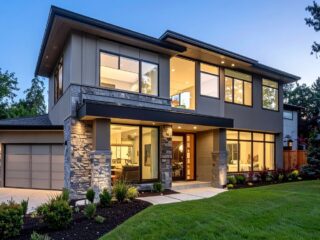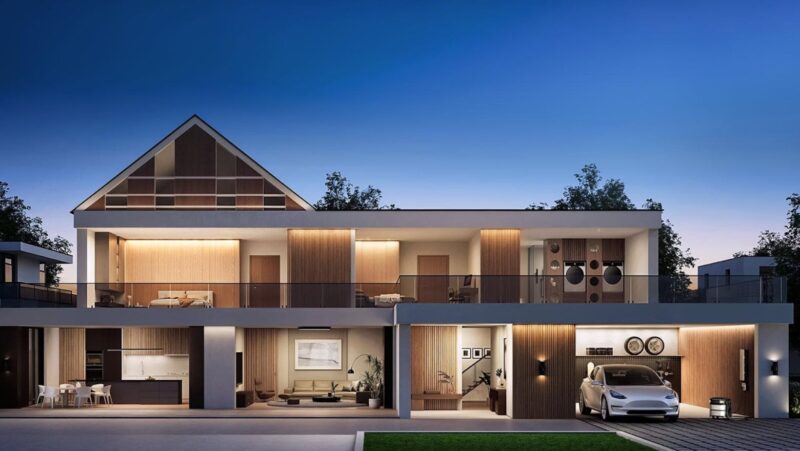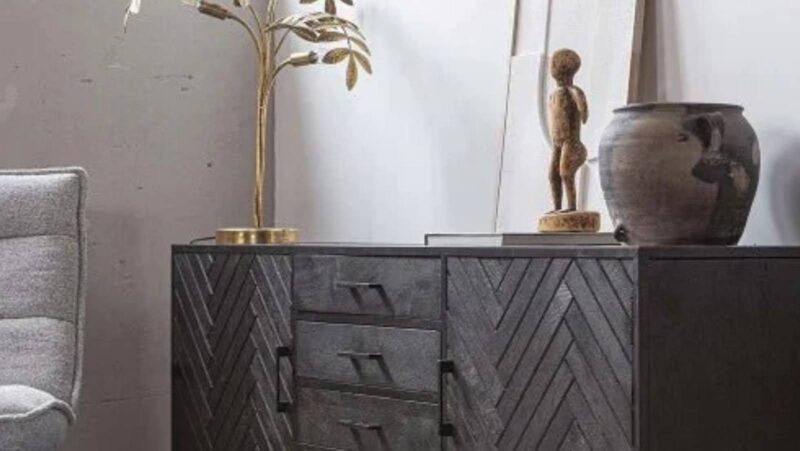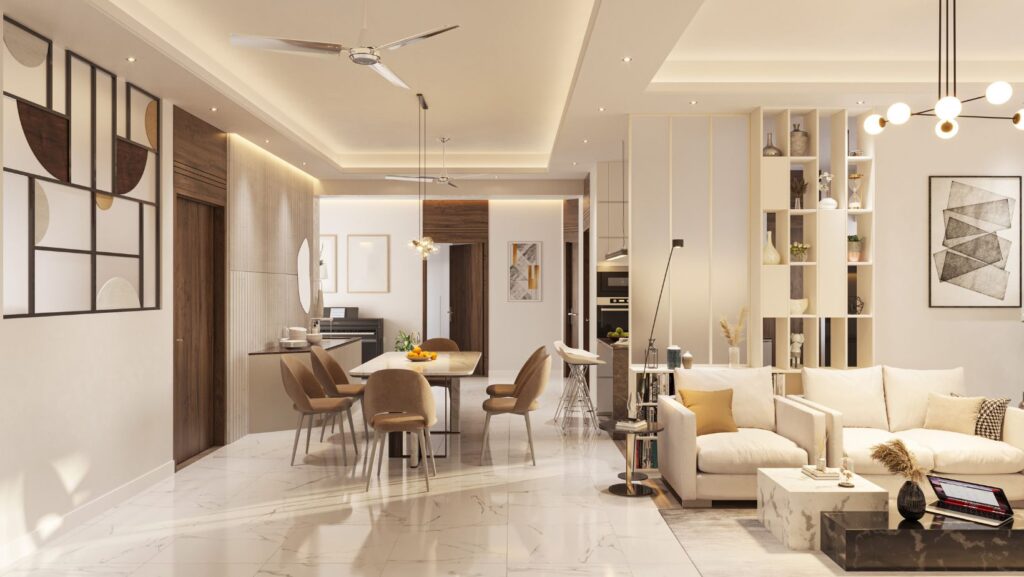
Ever walked into a room where everything just clicks? That’s what happens when furniture and architecture work together from day one. Instead, they embrace integrated environments where architecture and interiors develop from conception. The conventional “build first, furnish later” methodology creates disconnected spaces that never reach their full potential.
Today, home furniture is not just a supplement to the structure; it is structural in its own right. These pieces contribute to the flow of space, regulate amounts of natural light, and dictate how people will move through your place. This integration produces homes and commercial spaces that feel instinctively comfortable while maximising aesthetic appeal and practical functionality.
Psychological Impact of Integrated Design
Cohesive environments genuinely improve occupant wellbeing. Studies show that visual continuity reduces stress by 30 per cent compared to fragmented interiors. When architectural elements and furnishings follow similar design principles, our brains process spaces far more comfortably.
High-performance buildings demonstrate these principles in practice. Think about it – when your wooden dining table matches the exposed beams overhead, your space feels intentional rather than thrown together.
Architectural DNA and Furniture Compatibility
Every building possesses unique design characteristics that inform successful furniture selection. By understanding where and how a building makes architectural statements—the relationships of proportions, materials, spatial sequencing—designers can start to determine pieces that harmonise with the building rather than outcompete it.
Material continuity is essential. Timber beams may be exposed and lead to oak dining tables; polished concrete floors may lead to leather seating with similar textural qualities.
The Concurrent Design Approach
Here’s what works best when architectural and interior planning occur simultaneously. This approach avoids the expensive redesigns and guarantees the flawless harmony between the structural components and the furnishing choices. Planning together saves money.
Continuity and Material Storytelling
Skilful material selection creates an effective bond between people and place. A concept drives this process, and some key points include:
- Architectural materials should directly inform interior furniture and finish selections
- Transitional elements must bridge indoor and outdoor spaces seamlessly
- Sustainable material ecosystems reduce environmental impact whilst maintaining design integrity
Technology Integration Points
Modern integrated design must accommodate evolving technology requirements. The smart home infrastructure requires proper planning at the architectural stages to avoid disruptive or visually intrusive retrofitting. Contemporary furniture often includes discreet charging ports, integrated speakers, and wireless connectivity features.
Mastering Scale, Proportion, and Visual Weight
Getting Furniture Scale Just Right
Getting the scale right between your furniture and room size makes all the difference. Ceiling height calculations determine appropriate furniture scaling—3.5-metre spaces require different proportional considerations than standard residential heights. You want eye-catching pieces that don’t block the flow of your room.
Creating Hierarchy Without Walls
Open floor plans need smart furniture placement. The right furniture creates separate areas without blocking sightlines between areas. Console tables signal transitions, modular seating systems delineate activity zones, and varying furniture heights guide natural movement patterns.
Keep your beautiful windows and architectural details visible whilst providing necessary privacy.
Light and Sound: Getting Both Right
Daylight Architecture and Furniture Synergy
Furniture positioning significantly impacts natural light utilisation. Smart positioning near windows gets you light without the squinting through careful angle consideration. Reflective surfaces increase the amount of available light, and seasonal flexibility enables spaces to respond to the changing conditions.
Design Integration Acoustic Zoning
Think about how your furniture affects room acoustics. Furniture with upholstery can absorb any unwanted sounds within an open area, and hard surfaces will reflect sound as required. We can direct sound using bookshelves, textile panels, and soft furnishings without sacrificing visual openness.
Making It Work in Real Life
Collaborative Professional Frameworks
Successful collaborations require open lines of communication between architects, interior designers and their clients. Proper decision-making structures prevent conflicts whilst keeping the project vision consistent throughout development.
When everything works together from the start, your home just feels better. This approach delivers superior living experiences that enhance daily life whilst providing competitive advantages for developers and property owners. As sustainability concerns grow and technology advances, integrated design methodologies — paired with thoughtfully curated contemporary home decor — will become essential for creating truly elevated modern living environments.

